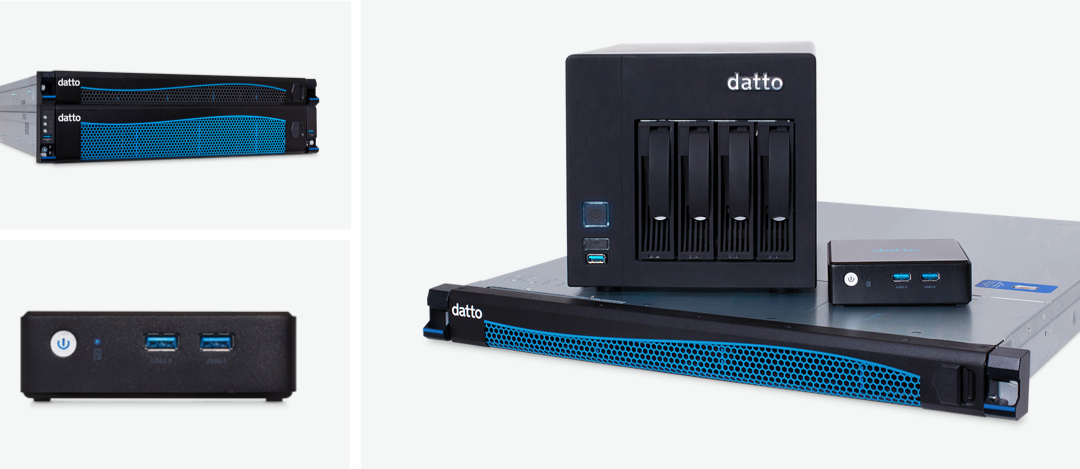It’s 2pm on a typical Thursday.
You just got back from lunch and settling in to burn through this afternoon; a draft of your annual report is due tomorrow morning at 9am. Your entire office has been working on this the whole last week. You open Word to take a final look at the 20 page document…. when nothing happens. You click it again… this time your cursor sits there spinning…. ok, don’t panic you think, maybe it’s just tired; you try again: “ERROR NETWORK CONNECTION LOST – THE PATH CANT BE RESTORED” A high pitched whine is coming from that weird box that no-one is suppose to touch or turn off and has been a fixture of the office forever. What would you do next?
For a lot of organizations that answer would be awkward stares and someone desperately checking if those last edits were in an email anywhere.
Backup, Continuity, the 1-2-3 rule, Hot Storage, Cold Storage, Offsite, Cloud…
There seems to be thousands of vendors out there all with their own buzz words and terms like RTO, RPO, and Downtime Cost. What’s the difference really between all these things? Why are some products hundreds of dollars per month, and others literally pennies on the dollar for the same amount of backup? Why shouldn’t you use OneDrive for backing things up? These are the questions we’re going to explore here.
I like to keep things simple. So lets talk acronyms first:
- RPO: Recovery Point Objective – this is how many minutes, hours, days, months, or maybe even years that you are willing to risk having to re-do. When we perform a restore this should describe how recent will your data be.
- RTO: Recovery Time Objective- this is the time that it should take to complete restoring your data to your chosen recovery point. This is how long you and your team will be sitting there waiting for your server, network, or data to be usable again.
StratIS uses a mixture of technologies to best fit each of our clients, their tolerances, their requirements, and their budgets. I’m going to use Datto solutions for our discussion here as their diverse products show off these ideas really nicely, and they provide fantastic, high assurance backups and continuity for lots of our clients.
- Datto Cloud Continuity – This is the most basic Datto product that we offer. For about a $1 per day, you get a reliable backup of your computer or server. There’s no hardware to buy, an affordable month to month subscription, and up to 1TB of your most important data is stored in Datto’s Canadian Cloud. What’s really nice about this particular service is that it is more than “just” a backup. With the click of an icon, the entire system can be accessed in the cloud, just like you’re sitting in-front of your real server (which remember, is making that high pitched whine that your co-workers can’t seem to quiet).
- Datto Alto 3 BCDR Appliance – Yes that’s a lot of words… BCDR means Backup, Continuity, and Disaster Recovery. The basic point of a BCDR appliance is to ensure that you have a local copy of your data that isn’t on the server that is no-longer working. (that annoying high pitch whine remember?) The Alto 3 lineup of Datto appliances overcome one of the shortfalls of a Cloud only backup: and that’s how fast your internet is. While Cloud Continuity provides us a backup that’s off-site, and we can access it and grab our report back, it’s going to take quite some time to download the entire contents of our server back to a replacement in the office. An Alto appliance has a local copy of all this data in addition to off-site copies, and lets you access your server in the cloud just the same while you wait for people like us to copy everything back to a different server system.
- Datto Siris BCDR Appliance – Basically an Alto’s bigger, meaner, cousin. The Siris devices are purpose built for businesses that can’t afford to be down for more than 15 minutes. They provide a fast local copy of data that’s stored with strong encryption (required in the medical, legal, and financial fields) with powerful hardware that can literally become your server, complete with everything it had on it as of 5 minutes ago. Being able to provide a seamless local virtualization of your now dead server means it’s business as usual with little to no disruptions other than unplugging the old server so it will finally be quiet enough to think.
So what would we recommend?
- If you’re a small business or startup that can afford an extra day or two of forced vacation while your systems get put back together, or just need a couple critical things to keep working (Quickbooks, Sage, other Line of Business Applications): something like Cloud Continuity is an ideal and totally affordable option to backup and protect your data.
- Your business has been around a few years, it’s grown and has staff that you can’t exactly just send home on a forced vacation: a solution like an Alto is a good choice. It makes restores quick, so you aren’t paying people to wait around needlessly, and critical functions (like payroll or quotes) can still be sent out through cloud virtualization. Yes, your business has a bit of a limp, but it’s still soldiering towards the victory line and it doesn’t cost your other leg or arm.
- Your business is fairly large with 10 or more staff or you are in a regulated industry that has strict requirements about data security. Time is money! You don’t have days to wait for things to be fixed: a solution like a Siris appliance provides the assurance that your systems, software, and databases will ALWAYS be available when you need them and always secure from theft and hackers.
[downtime calculator]

